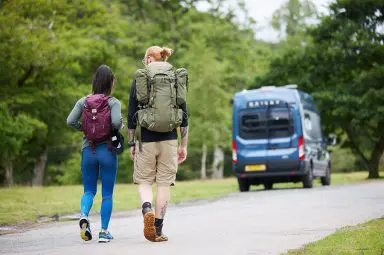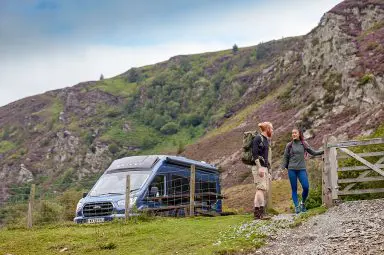Which motorhome?
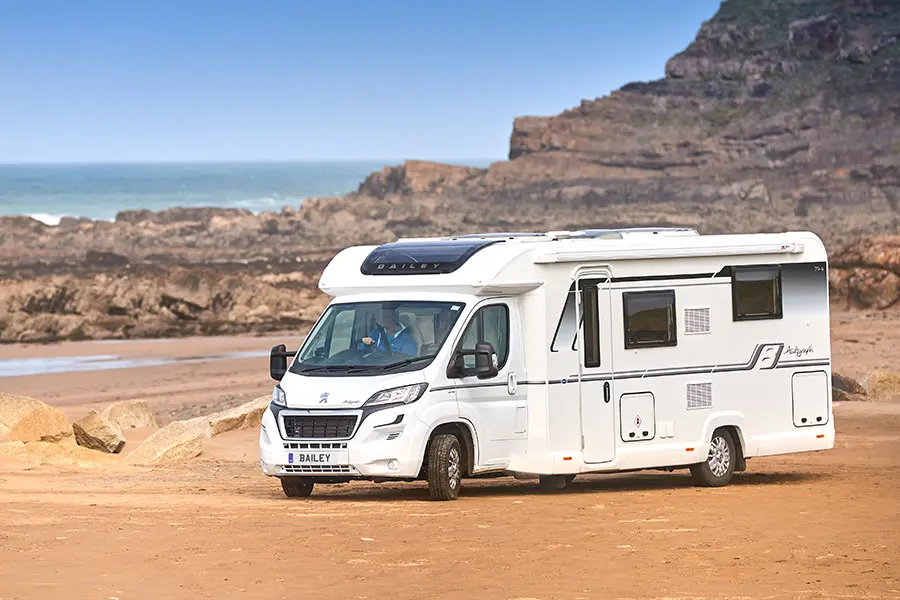
What size and what layout?
When you’re choosing the size and layout of your motorhome, consider all of the people (and pets) you might want to bring with you even if they won’t be with you on every trip.
If you are a family then its likely that you will be looking at a four or six berth van with at least four travel seats. If there are always just two of you then two travel seats and a double bed might be enough, but think about the times that you might want to bring children or friends with you and plan accordingly. Even as a couple you might enjoy having the extra room a four berth provides, so do your research and plan accordingly for all the ways you might want to use your motorhome.
Only you know what you really need so take the opportunity to do as much research as you can so you are prepared for every eventuality.

Interior versus exterior
The more space on the inside, the bigger the motorhome. If you want a large double bed, open sitting area, a vast kitchen worktop, large fridge/freezer, that’s great. We’re suckers for bigger motorhomes. Our current van is an Advance 76-4 and is most definitely a home on wheels.
However, a larger van requires certain considerations. If you want to go out food shopping or visit popular attractions, you may need to find car parks where you can park across two bays.
Alternatively, you may be happy to forgo the larger interior and go instead for a more compact living set-up, like the Alliance SE 66-2 . At just over six metres, this comfortably fits into all standard parking spaces. But, generally, we’ve always found somewhere to safely park our vans.
To see the full range of Bailey motorhomes click here
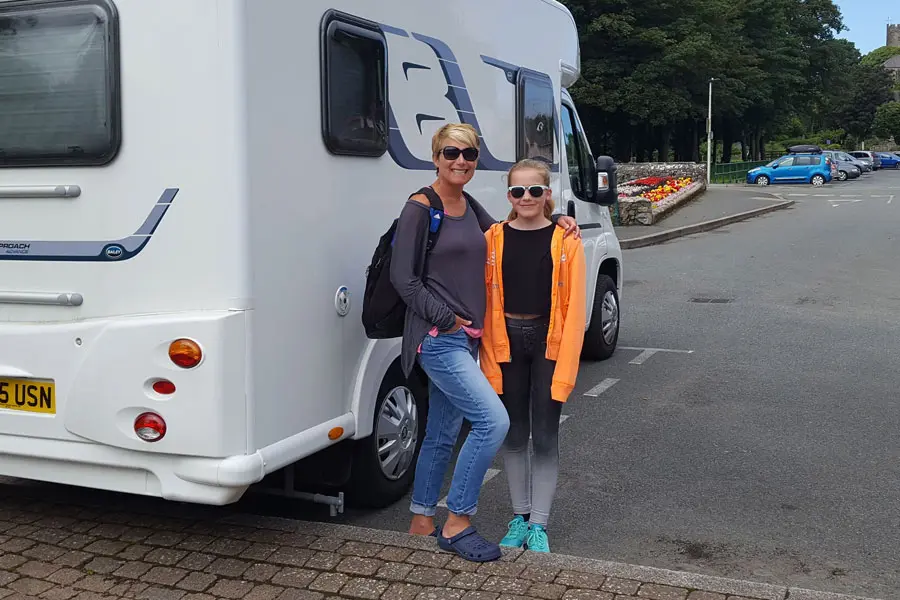
Licences
A very important thing to check before you choose a motorhome is when you passed your driving test as this can dictate the size of motorhome you can drive.
If it was before 1 January 1997 (and you’re not yet 70) you will automatically be able to drive a heavier motorhome than if you passed after that date.
Have you passed your test SINCE 1 January 1997?
The standard driving licence covers categories B and B1. This means you can drive a vehicle up to 3,500kg (B) and tow a trailer up to 750kg behind it. As a result, many new motorhomes are built with a Maximum Allowable Mass (MAM) of 3,500kg.
If you want to drive a larger motorhome (up to 7,500kg), you will need to pass an additional driving test to add the C1 category to your licence.
Did you pass your test BEFORE 1 January 1997?
If you passed your test before 1 January 1997, you will automatically have category C1 entitlement on your licence, meaning you can drive vehicles up to 7,500kg. Your driving licence will show the categories you are entitled to drive.
You can check your details with the DVLA here
Aged 70 +
When you reach 70, you will need to renew your driving licence. If you use the standard renewal procedure, your C1 entitlement will be suspended and you’ll no longer be able to drive motorhomes between 3,500kg and 7,500kg until you have passed a medical. To avoid this, fill in form D2 and ask your GP to fill in a medical report form D4. Your GP is likely to charge for this service as part of a private appointment.
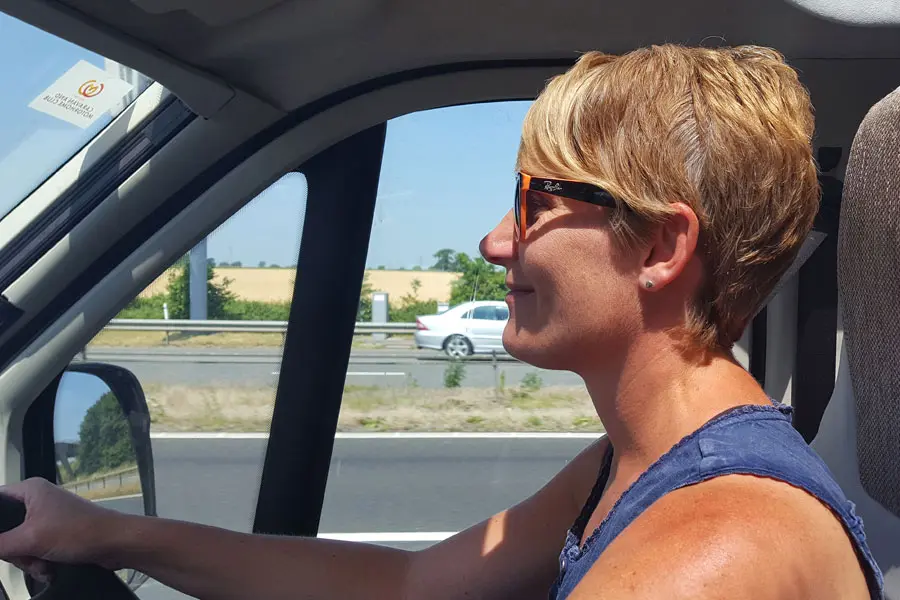
Latest news & events
See all news & eventsChipping Sodbury Spring Sales Event
BADMINTON ROAD, CHIPPING SODBURY, BRISTOL
West Country Motorhomes Open Weekend
BRISTOL ROAD, BRENT KNOLL, HIGHBRIDGE, SOMERSET
Swindon, Oxford and Reading Caravan and Motorhome Centre Easter Sales Event
GREATFIELD, ROYAL WOOTTON BASSETT, WILTSHIRE
Grantham's Midlands Caravan & Motorhome Season Ready Show
SPITTLEGATE LEVEL
GRANTHAM
